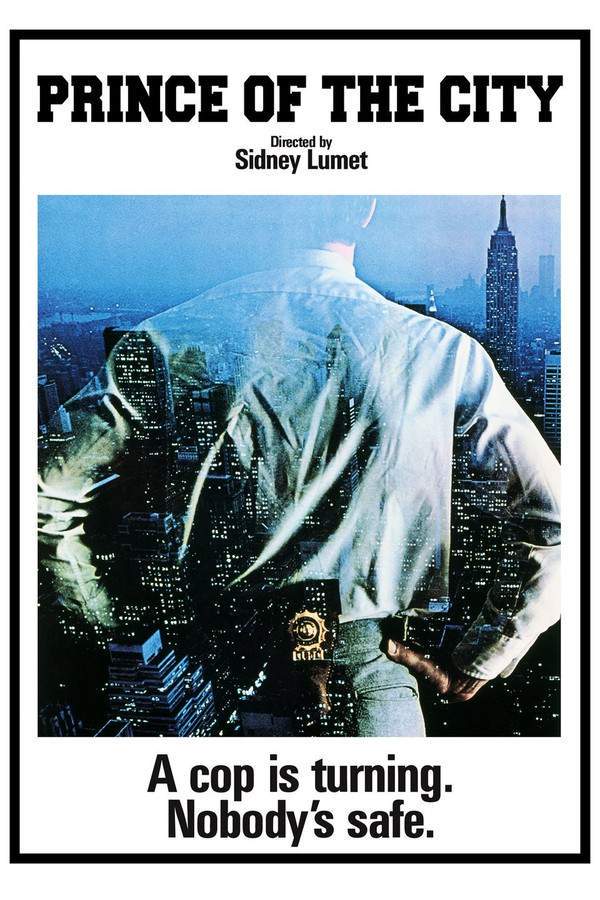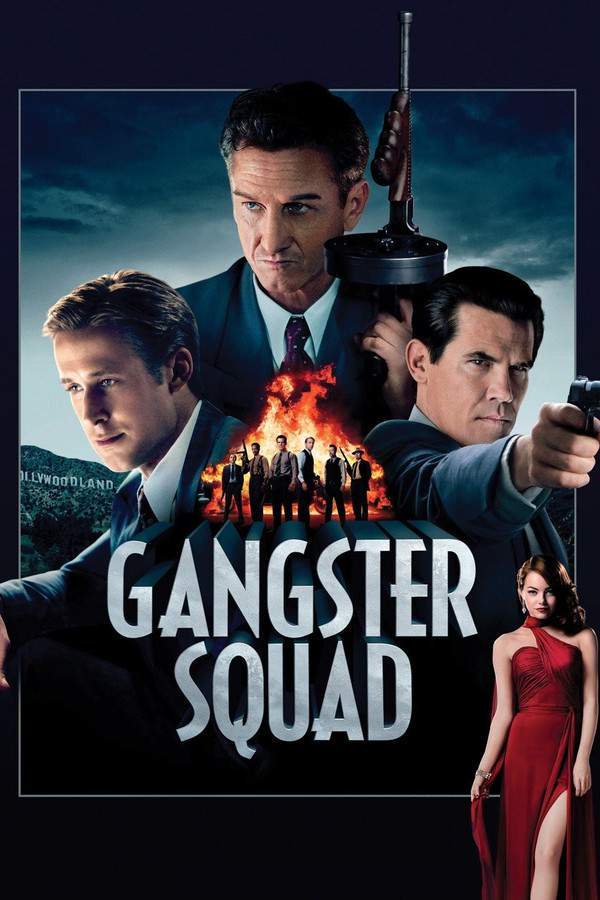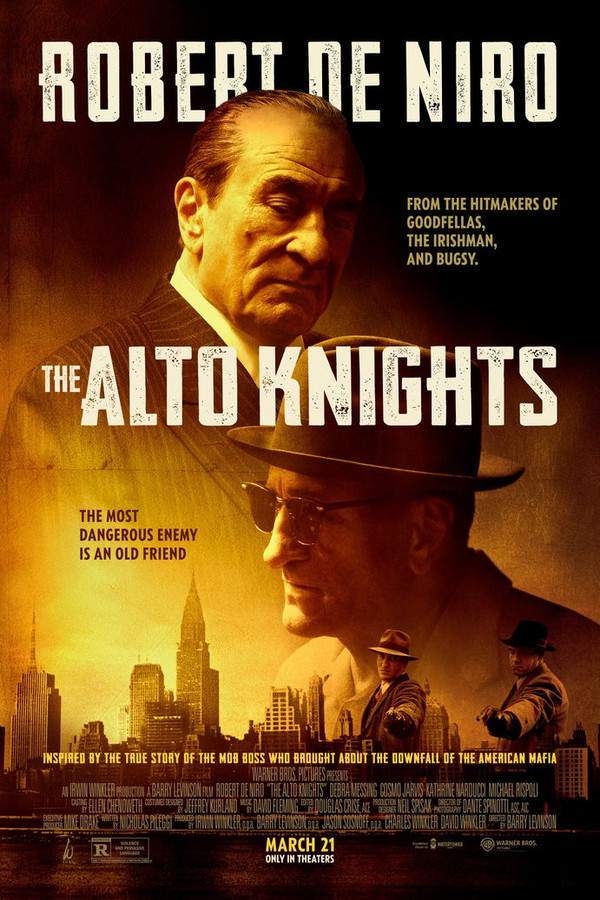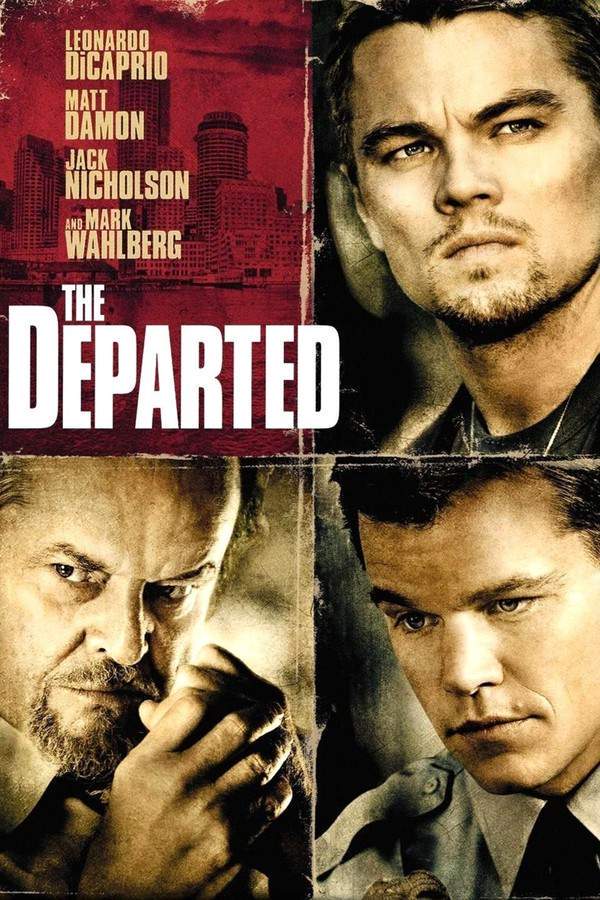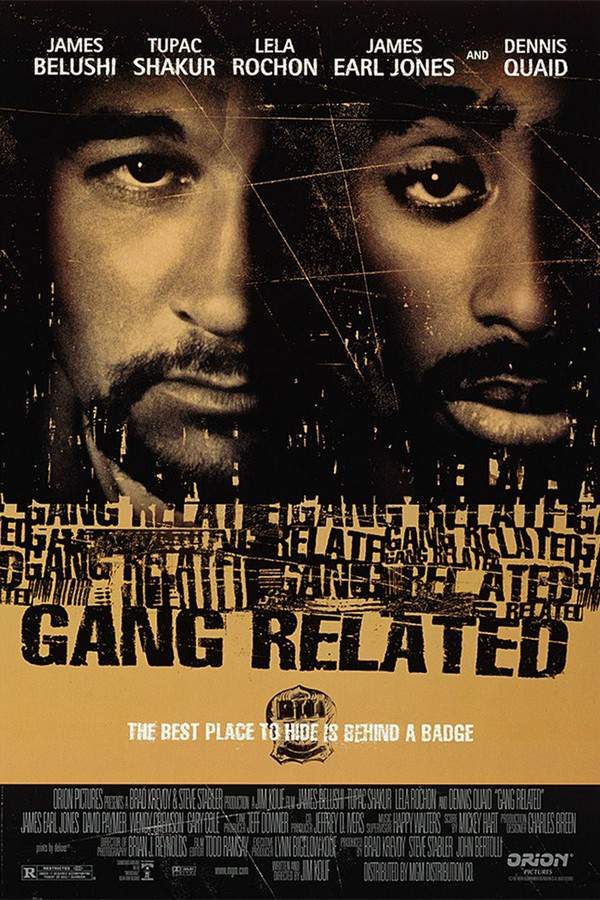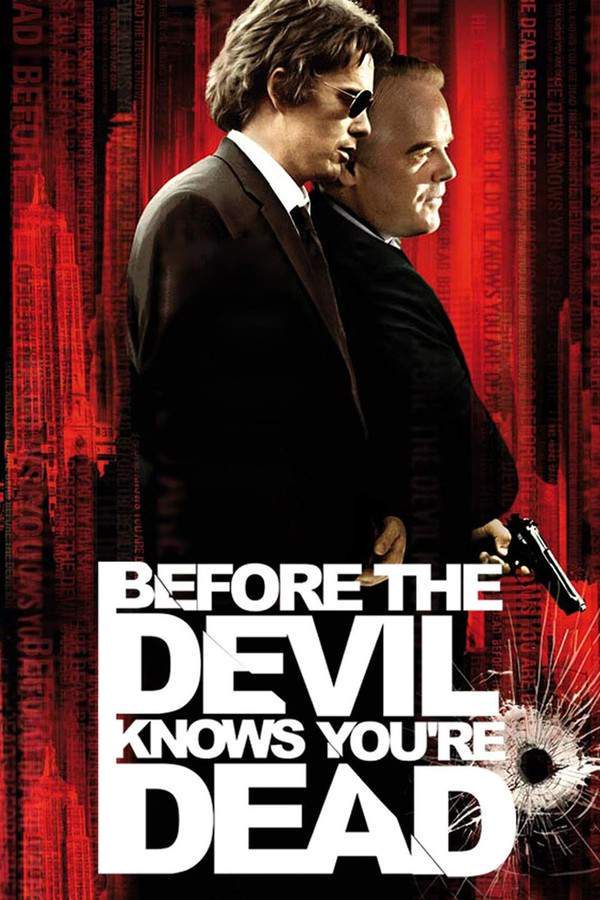
Battles Without Honor and Humanity: Police Tactics
Year: 1974
Runtime: 101 mins
Language: Japanese
Director: Kinji Fukasaku
With Japan preparing for the 1964 Olympic Games, law‑enforcement intensifies its assault on organized crime, spurred by growing public outrage and media scrutiny. The heightened police pressure forces the Hiroshima yakuza families into a new, fiercer struggle for control, reshaping the balance of power among the rival clans.
Warning: spoilers below!
Haven’t seen Battles Without Honor and Humanity: Police Tactics yet? This summary contains major spoilers. Bookmark the page, watch the movie, and come back for the full breakdown. If you're ready, scroll on and relive the story!
Timeline – Battles Without Honor and Humanity: Police Tactics (1974)
Trace every key event in Battles Without Honor and Humanity: Police Tactics (1974) with our detailed, chronological timeline. Perfect for unpacking nonlinear stories, spotting hidden connections, and understanding how each scene builds toward the film’s climax. Whether you're revisiting or decoding for the first time, this timeline gives you the full picture.
Last Updated: October 09, 2025 at 11:19
Explore Movie Threads
Discover curated groups of movies connected by mood, themes, and story style. Browse collections built around emotion, atmosphere, and narrative focus to easily find films that match what you feel like watching right now.
Crime Syndicates Under Pressure like in Battles Without Honor and Humanity: Police Tactics
Stories where external forces squeeze a criminal underworld, intensifying its internal conflicts.If you enjoyed watching the Hiroshima yakuza clans fracture under police pressure in Battles Without Honor and Humanity: Police Tactics, you'll find similar movies here. These stories feature organized crime families destabilized by external crackdowns, leading to intense internal power struggles, shifting alliances, and a tense, gritty atmosphere.
Narrative Summary
The narrative pattern follows a stable but violent criminal ecosystem suddenly destabilized by an external force. This pressure acts as a catalyst, breaking fragile alliances and trust. Characters are forced into increasingly brutal and strategic maneuvers to maintain or seize power, often leading to a climax where the original order is shattered, leaving a vacuum filled by new, sometimes worse, ambitions.
Why These Movies?
Movies are grouped here because they share a specific cause-and-effect dynamic: an external threat triggering internal collapse. They blend the gritty realism of the criminal underworld with the high tension of a system-wide crisis, creating a focused study of ambition and survival under duress.
Bleak Descent into Organizational Paranoia like in Battles Without Honor and Humanity: Police Tactics
A relentless unraveling of order within a closed system, where trust becomes a liability.For viewers who appreciated the cynical portrayal of collapsing yakuza loyalties in Battles Without Honor and Humanity: Police Tactics, this thread finds similar movies. These are complex, heavy dramas about closed systems fracturing from within, characterized by a bleak tone, fast-paced betrayals, and an ending that offers little hope.
Narrative Summary
The journey is a downward spiral within a defined group. Starting from a position of established, if flawed, order, the story introduces pressures that expose the fragility of its bonds. The narrative is driven by a series of betrayals and strategic countermoves, creating a complex web of allegiances. The emotional arc is one of disillusionment, culminating in a bleak ending where the cycle of destructive ambition is shown to be inescapable.
Why These Movies?
These movies are united by their shared mood of pervasive paranoia and their narrative focus on the systemic collapse of a group's moral and social codes. They deliver a heavy, anxious viewing experience defined by complex character networks, a fast pace of consequential events, and a fundamentally cynical worldview.
Unlock the Full Story of Battles Without Honor and Humanity: Police Tactics
Don't stop at just watching — explore Battles Without Honor and Humanity: Police Tactics in full detail. From the complete plot summary and scene-by-scene timeline to character breakdowns, thematic analysis, and a deep dive into the ending — every page helps you truly understand what Battles Without Honor and Humanity: Police Tactics is all about. Plus, discover what's next after the movie.
Battles Without Honor and Humanity: Police Tactics Summary
Read a complete plot summary of Battles Without Honor and Humanity: Police Tactics, including all key story points, character arcs, and turning points. This in-depth recap is ideal for understanding the narrative structure or reviewing what happened in the movie.

Characters, Settings & Themes in Battles Without Honor and Humanity: Police Tactics
Discover the characters, locations, and core themes that shape Battles Without Honor and Humanity: Police Tactics. Get insights into symbolic elements, setting significance, and deeper narrative meaning — ideal for thematic analysis and movie breakdowns.

More About Battles Without Honor and Humanity: Police Tactics
Visit What's After the Movie to explore more about Battles Without Honor and Humanity: Police Tactics: box office results, cast and crew info, production details, post-credit scenes, and external links — all in one place for movie fans and researchers.









